The Bajaj Pulsar has played a major role in shaping the Indian motorcycle industry. They were the first to offer features which were not only segment-first but also unheard of in any domestic-made two-wheeler. Even in 2019, with the competition so hot, the classic Pulsar 150 is still the breadwinner for Bajaj. In fact, every month, more than 60,000 Indians ride home on a brand-new Pulsar 150. However, what’s even more surprising is that their second-highest selling model in the Pulsar line-up is the Bajaj Pulsar 220F!
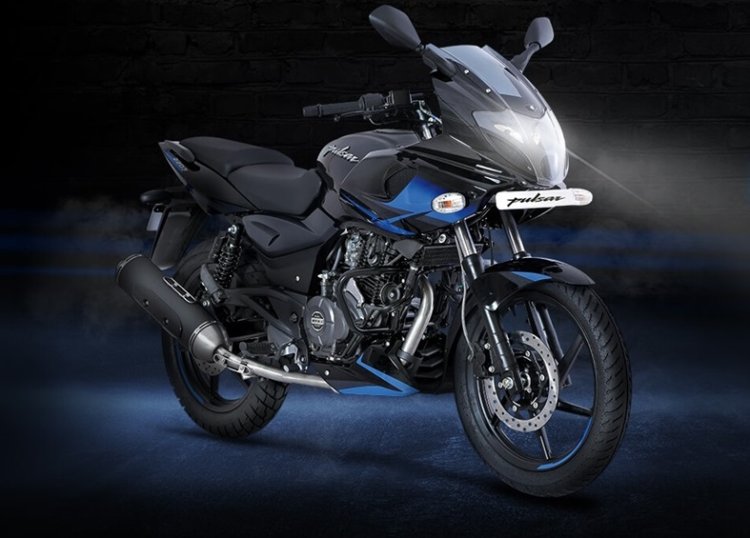
Background: The tale of the Bajaj Pulsar 220
Introduced first in July 2007, the Bajaj Pulsar 220F was the first to bring in fuel injection and a rear disc brake. Back then, these were premium features available only in big capacity motorcycles. Of course, everyone loved that large tank extension and segment-first projector headlamp.
In 2008, Bajaj replaced fuel injection for a cheaper carburettor to keep the Pulsar 220’s price attractive. This helped Bajaj keep the price tag to around INR 73,000. The result? Pulsar 220 became an accessible entry-level performance motorcycle. In circa-2010, Bajaj tried to ride the success wave of the Pulsar 220, by introducing a streetfighter version – the Pulsar 220S. Sans the signature tank extension/semi-fairing, the 220S borrowed the design theme of the oil-cooled Pulsar 200. Sadly though, this bike was soon discontinued.

Fast-forward to 2012 and Bajaj lit the market once again with a new liquid-cooled Pulsar NS200. Designed by the Edgar Heinrich (of BMW Motorrad fame), the bike boasted of an engine derived from the KTM Duke 200! But even that did not dent the sales of the now-iconic Bajaj Pulsar 220F. The industry threw several more speed bumps in its journey, RS 200 in 2014, BS-IV norms in 2017 and stricter safety norms (ABS) in 2019. The Pulsar 220 has sailed through each one of them.
Present: How the Bajaj Pulsar 220F won the battle
In the month of June 2019, the Bajaj Pulsar 220's sales stood at 7,408 units in the domestic market. Compared to this, combined sales of Pulsar NS 200 and Pulsar RS200 were at 5,551 units. That’s despite the fact that the pricing of the Bajaj Pulsar 220F crossed the 1 lakh mark in April 2019 for the first time! At present, the Pulsar 220F has a price tag of INR 1,06,528 (ex-showroom, Delhi). That’s precariously close to the Pulsar NS200’s INR 1,12,557 (ex-showroom, Delhi) sticker price.
The fully-faired Pulsar RS200 may be an expensive offering and that might be the cause of slow sales. The NS200, though, is affordable and is a far more advanced product than the Bajaj Pulsar 220F. It gets a liquid-cooled engine and a 23.5 PS output putting the bike several miles ahead of the semi-faired Pulsar 220. However, the latter continues to be a crowd puller. In fact, despite the price hike, and crossing the psychological 1 lakh mark, Pulsar 220 sales have crossed the 42,000 units mark in the first half of the year (January-June 2019).
Design: Don't fix what isn't broken
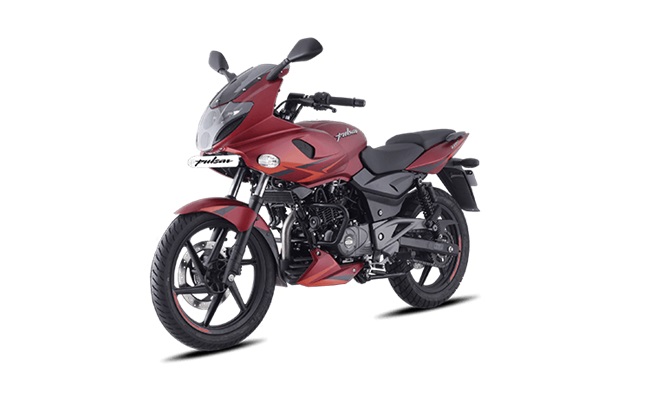
Apart from a few cosmetic alterations, the Bajaj Pulsar 220F has changed little over the years. The familiar wolf-faced headlamp unit gets twin pilot lamps, a 55-watt high beam and a projector for the low beam with the same wattage. Besides that, the black theme of the headlamp cluster adds a classic sporty touch. Also, the touch of mesh around the cluster and semi-fairing adds a sporty feel to the Pulsar 220F.
The classic semi-fairing is a continuation to entice customers with its now classic look, while the signature fuel tank design is like an old bottle of wine which is ageing rather well. Also, the January 2019 update also brought in a revised engine cowl. Since then, the Bajaj Pulsar 220F has undergone another paint scheme revision and has dropped the dyno red (with grey decals) colour option. At present, the bike is offered in Volcanic Red, Black-Blue and Black Red.
Also Read: Bajaj Pulsar 220F Supermoto mod
Another signature design element in the Bajaj Pulsar 220F has been the bulky exhaust canister which has now been given a black treatment. Also, the split seat, split grab rails and classic clear glass taillamp may seem dope but have started to look dated. However, what’s actually the most boring part of the bike is its instrumentation console. The mix of analogue and digital has the same layout. The cool blue backlight may have looked fancy back in the dark ages, but in 2019, anything short of a fully digital cluster makes the cut. Besides that, reverse backlit instrumentation has made entry even in the 1500 cc segment (FZ-S v3.0). Maybe that’s something which Bajaj can look into next. Besides that, the use of black alloy wheels, and black themed engine fins and crankcase cover are among other visual highlights.
Cycle Parts: Nothing's changed over the years
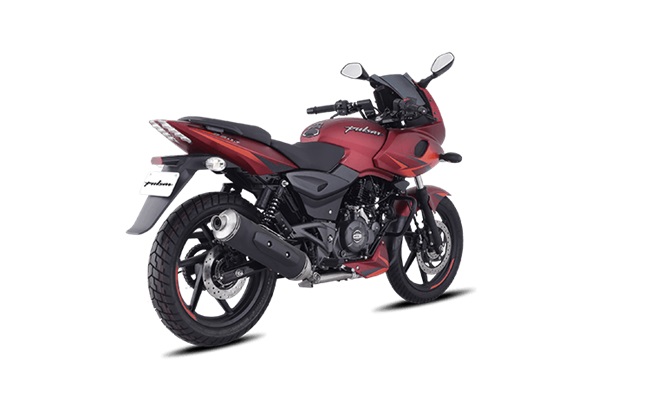
The Bajaj Pulsar 220F is suspended over conventional telescopic fork up front and a 5-step adjustable (preload only) twin shocks in the rear. Brakes include a 260 mm disc in the front and a 230 mm unit in the rear. The classic Pulsar 220F is shod with 17-inch wheels with a 90/90 section tyre in the front and a 120/80 unit in the rear. Assisting the brakes is a single-channel ABS with rear-lift off protection. The bike tips the scales at 155 kg. It has a ground clearance of 165 mm and a 15-litre fuel tank.
Also Read: 5 KTM motorcycles we wish to see in India
Engine: Old is Gold!
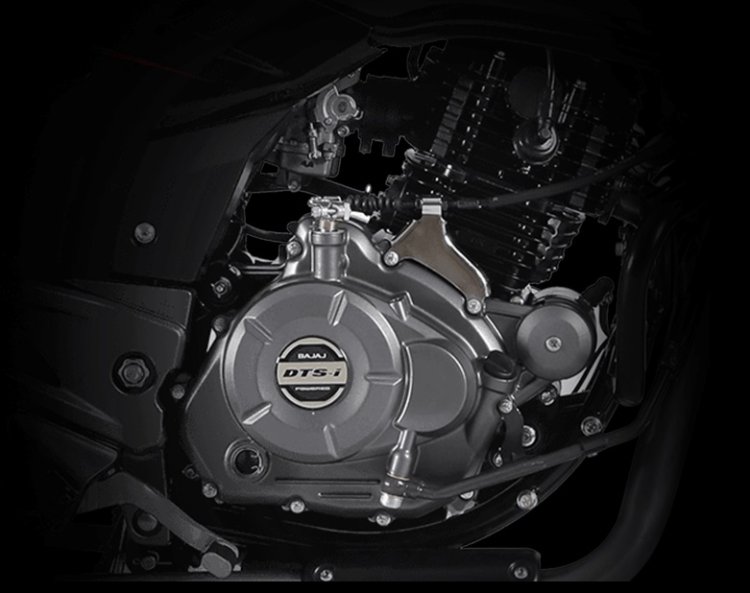
At the heart of the Bajaj Pulsar 220F is a 220 cc twin-spark, 2-valve, DTS-i mill. Cooling this engine, just as when it first came out, is an oil-cooler. Coupled to a 5-speed gearbox, this engine is good to produce 20.93 PS of power at 8,500 rpm. Just for the record, that’s more than what the newer Hero Xtreme 200R which the Pulsar 220F outsells. Torque output stands at 18.55 Nm of torque at 7,000 rpm.
Also Read: New Bajaj Pulsar 180F features & first impressions
Future: Que sera sera
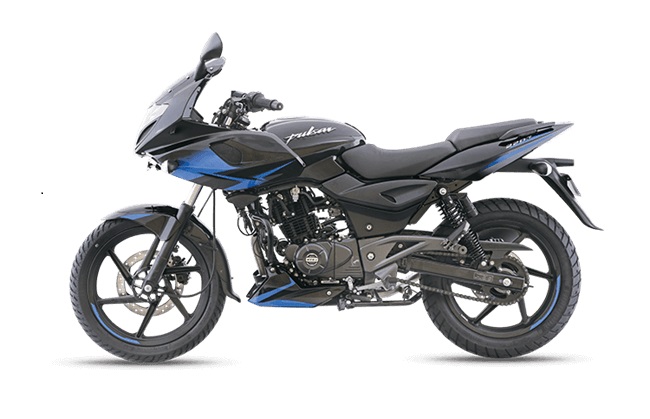
The Bajaj Pulsar 220F has not been officially confirmed if it will make the BS-VI mark. However, based on the strong performance of the 220F, it would be really surprising if gets discontinued now. Of course, return to fuel injection will lead to another price hike. When ABS was introduced in January, prices rose by INR 7,600. Will people buy the Bajaj Pulsar 220F after another major price hike? Well, that’s something only time will tell.



















